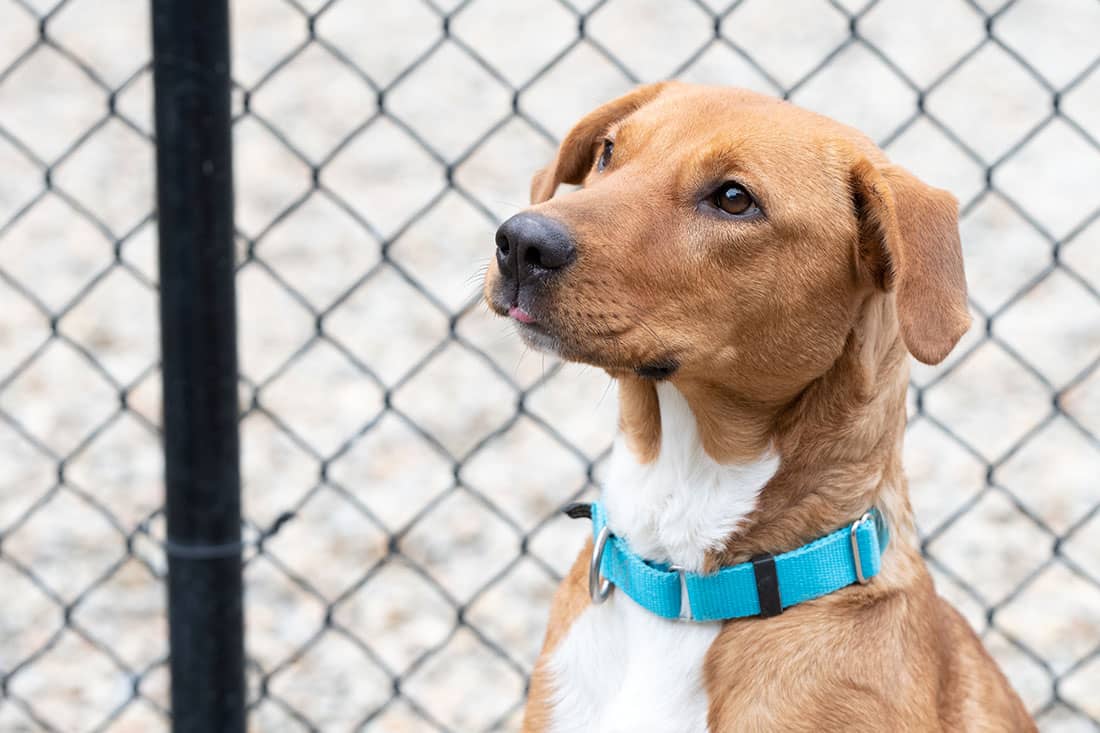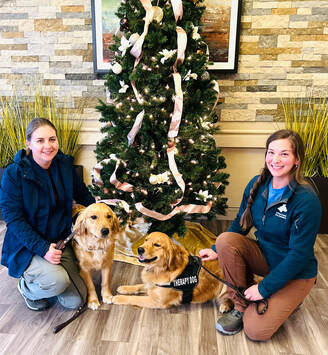Just how to Choose the Right Technique for Successful Dog Training
Just how to Choose the Right Technique for Successful Dog Training
Blog Article
Vital Tips for Successful Dog Training: An Overview for Animal Owners
Efficient dog training is a diverse process that needs a strategic strategy customized to both the pet's temperament and the owner's objectives. Secret elements such as establishing regular commands, employing positive support, and assisting in very early socializing play critical functions in promoting a well-adjusted canine buddy. Numerous pet owners experience difficulties that can prevent progress, leading to aggravation and unpredictability. Comprehending how to navigate these barriers can significantly enhance the training experience, inevitably changing the partnership in between proprietor and dog. What are the important techniques that can be utilized to make sure success in this venture?
Recognizing Canine Actions
Comprehending dog behavior is important for efficient training and fostering an unified connection in between dogs and their owners. Dogs communicate mostly with body movement, vocalizations, and activities, making it essential for proprietors to interpret these signals accurately. Identifying a dog's pose, tail position, and ear orientation can supply insights into its psychological state. A wagging tail does not constantly show happiness; it can likewise signify enjoyment or stress and anxiety.
Socialization plays a significant function in pet dog behavior; exposure to numerous environments, individuals, and other animals can significantly impact a pet's character. Furthermore, variables such as type attributes and specific character must lead training techniques, as some breeds might have particular behavioral qualities that require tailored approaches. By understanding these elements, owners can create an encouraging atmosphere that encourages favorable habits, causing successful training outcomes and a deeper bond with their animals.
Developing Consistent Commands
Effective communication with your canine starts with establishing regular commands. This foundational component of training is critical for promoting understanding in between you and your pet. Uniformity in the commands you make use of makes certain that your pet dog can accurately link particular words or expressions with the preferred habits.
When selecting commands, pick clear, distinctive words that are simple to distinguish and state from one an additional. Stay clear of using similar-sounding commands that may perplex your dog. For instance, using "rest" and "stay" is proper, yet "rest" and "hit" could bring about misconceptions.
In addition, preserve the very same tone and quantity for every command. Canines are sensitive to vocal hints, so differing your tone can create complication.
It is similarly crucial to guarantee that all member of the family get on the exact same page regarding the commands made use of. A united front in command use will certainly stop blended signals and enhance the knowing process.
Positive Support Methods
The power of favorable reinforcement in pet training hinges on its ability to motivate desired actions via incentives and praise. This method is grounded in the concept that habits followed by desirable results are more probable to be duplicated. By including favorable reinforcement into your training program, you can properly shape your pet's behavior in a constructive way.
To implement positive support, it's vital to determine what motivates your dog, whether it be treats, playthings, or spoken appreciation. When your dog does a desired activity, such as resting on command, right away reward them with a treat or affection. This organization between the command and the favorable outcome strengthens their understanding.
It's crucial to timing the benefits correctly; providing the reinforcement within secs of the wanted habits aids your pet dog make the connection (dog training). In addition, uniformity is vital-- ensure that all household participants use the exact same commands and benefit systems to stay her latest blog clear of complication

Slowly, you can reduce the regularity of treats as your pet finds out the actions, transitioning to praise or intermittent incentives. This approach not just fosters a strong bond between you and your dog yet likewise promotes a favorable learning environment, making educating a satisfying experience for both.
Socialization and Communication
Constantly subjecting your pet dog to a selection of settings, people, and other pets is essential for their social advancement. Socialization ought to start early, preferably during the essential home window of 3 to 14 weeks, when young puppies are most receptive to new experiences. Older canines can additionally benefit from recurring socialization initiatives.
Present your pet dog to different setups, such as parks, pet-friendly stores, and urban areas. This exposure assists them adjust to numerous stimuli, reducing stress and anxiety and fear reactions. Urge favorable communications with other pet dogs and people, guaranteeing that these encounters are regulated and risk-free to promote self-confidence.
Utilize structured playdates with courteous pet dogs, as this can boost your pet dog's social abilities and teach them appropriate actions. Obedience courses and training sessions also offer exceptional chances for socializing, more helpful hints allowing your dog to communicate with others in a supervised atmosphere.
Display your pet dog's body language throughout communications, as this will certainly aid you evaluate their comfort level. Slowly boost direct exposure to even more challenging scenarios while ensuring that each experience is positive. A well-socialized dog is most likely to display well balanced behavior, making them a delight to have in any setup.
Addressing Usual Training Challenges
Every pet owner will encounter training challenges at some time, no matter of their canine's age or socializing level. Recognizing common concerns such as stubbornness, interruptions, and terror can help in developing effective techniques for improvement.

Gradually present diversions as the pet dog comes to be more skillful in commands. Short, regular training sessions are also efficient in keeping interest.
Terror can hinder a dog's understanding process. Gradual desensitization to the resource of worry, paired with positive reinforcement, can assist alleviate stress and anxiety. Patience is critical; never ever compel a dog into a scenario that triggers distress, as this might aggravate the issue.
Eventually, understanding and resolving these common challenges with an organized strategy will cultivate a more effective training experience, reinforcing the bond in between canine and owner while promoting effective discovering.
Conclusion
In summary, effective pet training relies on a comprehensive understanding of canine habits, the facility of regular commands, and the application of positive support methods. Socialization plays a vital duty in developing well-adjusted family pets, while addressing typical training challenges requires perseverance and adaptability. By carrying out these essential strategies, pet proprietors can promote a solid bond with their pets and advertise desirable actions, eventually resulting in a harmonious partnership between human beings and their canine friends.
Comprehending canine behavior is essential for reliable training and promoting an unified partnership in between dogs and their owners.Socialization plays a substantial duty in pet dog actions; direct exposure to various settings, people, and other animals can significantly affect a pet's personality.The power of favorable reinforcement in pet dog training exists in its ability to encourage preferred habits through incentives and praise. By including positive support into your training routine, you can properly form your pet dog's habits in a useful way.
In summary, effective pet dog training depends on a thorough understanding of canine actions, the weblink facility of consistent commands, and the application of positive support strategies.
Report this page